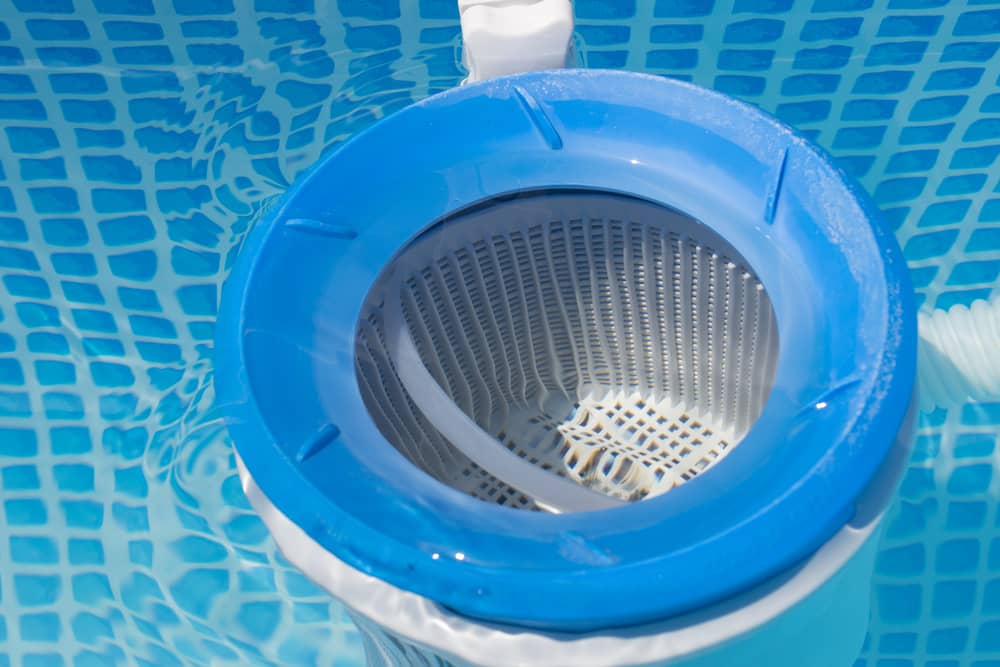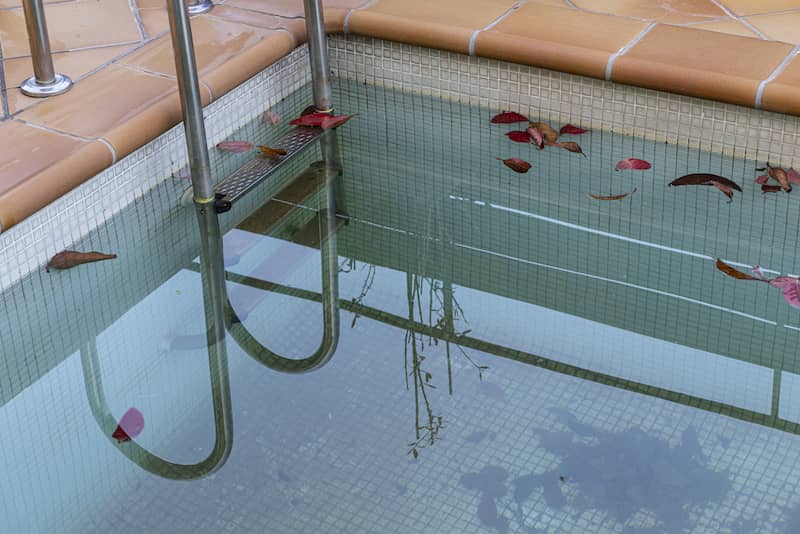Pool backwashing is integral to maintaining a clean and healthy swimming pool. After a major storm, debris and contaminants often flood our pools, emphasizing the need for an effective filtration system.
Through the backwashing of the pool, the flow of water in your filter system is reversed, effectively flushing out all the debris and dirty water trapped in the pool filters. Essential components like the sand filter, DE filter, and pool pump work in tandem with the multiport valve to ensure that the process is efficient. Yet, just as a manometer alerts us to potential filter pressure issues, we must also be vigilant about filter leaks, ensuring the filter’s backwash port and waste line are in top shape.
Pool maintenance goes beyond just keeping the water clean. It’s about ensuring the longevity and performance of your pool equipment.
As we dive deeper, we’ll explore the intricacies of this essential process, equipping you with the knowledge to maintain optimal water flow and promote aquatic life in your pool.
Table of Contents
ToggleWhat is Pool Backwashing?
At its core, pool backwashing is a fundamental procedure designed to clean and maintain the filtration system of a swimming pool. Imagine enjoying a crystal-clear pool; this clarity is maintained by the pool filters, capturing debris and contaminants. Over time, these filters get saturated and need cleaning.
Utilizing the pool pump and a specific backwash valve, the flow of water within the filter system is reversed. This reversed flow, or backwash process, effectively removes all the debris trapped in filter mediums like sand in a sand filter or diatomaceous earth in a DE filter. A critical indicator to watch is the pressure gauge. When the pressure rises significantly, it’s a sign that the pool’s filter is clogged, and backwash a pool becomes necessary.
Yet, it’s not just about reversing water flows. Aspects like the filter’s backwash port, the multiport valve’s backwash setting, and even the backwash hose play vital roles in this procedure. It takes about a minute, but the result is pool water that’s chemically treated and free from contaminants, ensuring a cleaner, safer aquatic environment.
Proper backwash a pool, as part of regular pool maintenance, prolongs the life of pool accessories and keeps the water in pristine condition.
Why is Pool Backwashing Necessary?
Maintaining Clear and Healthy Pool Water
Every pool enthusiast treasures the appeal of crystal-clear water. Over time, your pool accumulates contaminants, from natural debris to other uninvited particles. A pool filter serves as a defense, capturing these undesirables to ensure water remains pure. But like any barrier, these filters eventually reach their limit.
Backwashing is the efficient, thorough process of reversing the water flow in the filter system, flushing away the trapped debris, and restoring the filter’s optimal function.
Preserving the Longevity of Your Pool Equipment
Ensuring a Safe Swimming Environment
Protecting from Environmental Factors
Components of a Typical Backwashing System
Pool Filter and Its Role

The pool filter, whether a sand filter or a DE (Diatomaceous Earth) filter, acts as the primary defense against contaminants in pool water. These filtration systems differ in their filter media and cleaning processes, but both are central to capturing debris and ensuring water clarity.
Pool Pump
Backwash Valve and Multiport Valve

Signs That Your Pool Needs Backwashing
Changes in Water Clarity and the Presence of Debris

Increase in Filter Pressure and What It Indicates
The Significance of the Filter View Glass or Sight Glass
Often overlooked, the filter view or sight glass serves as a visual cue during the backwash process. As you backwash your pool, watching the water in the sight glass turn from dirty to clear indicates the successful removal of contaminants. Once clear, it’s typically a sign to conclude the backwashing process and return the multiport valve to its regular position.
Recognizing these signs and acting promptly guarantees a cleaner, safer aquatic environment and prolongs the life and efficiency of your pool accessories, ensuring many more delightful dips in the water.
Potential Issues and Troubleshooting
Even with the best practices, potential pool repair issues in the process can arise, affecting your pool’s cleanliness and equipment’s efficiency. Here, we delve into common challenges and offer solutions to mitigate them and ensure optimal pool maintenance.
Common Backwashing Challenges
Solutions and Tips
In the face of these challenges, the owner’s manual emerges as a valuable resource, containing specific guidance and troubleshooting steps tailored to your pool’s filter system and equipment. It guides on adjusting the valve piston, checking the filter’s backwash port, and other intricate yet vital details to ensure a seamless backwashing process.
Yet, some issues can be complex, where the manual’s guidance might not suffice. In such instances, recognizing the need for professional help is crucial. Experts can diagnose and resolve intricate problems, ensuring the longevity of your pool pump, filtration system, and overarching pool equipment, sustaining the allure and safety of your swimming basin.
Consult a Professional Pool Resurfacing Company
Understanding the intricacies of backwashing a pool is paramount to maintaining your pool’s clarity and health. While regular and scheduled maintenance ensures a cleaner pool, sometimes expert insight is indispensable. I’d highly recommend consulting Professional Aquatic Services for comprehensive guidance on your pool filter system and overall pool maintenance needs.

